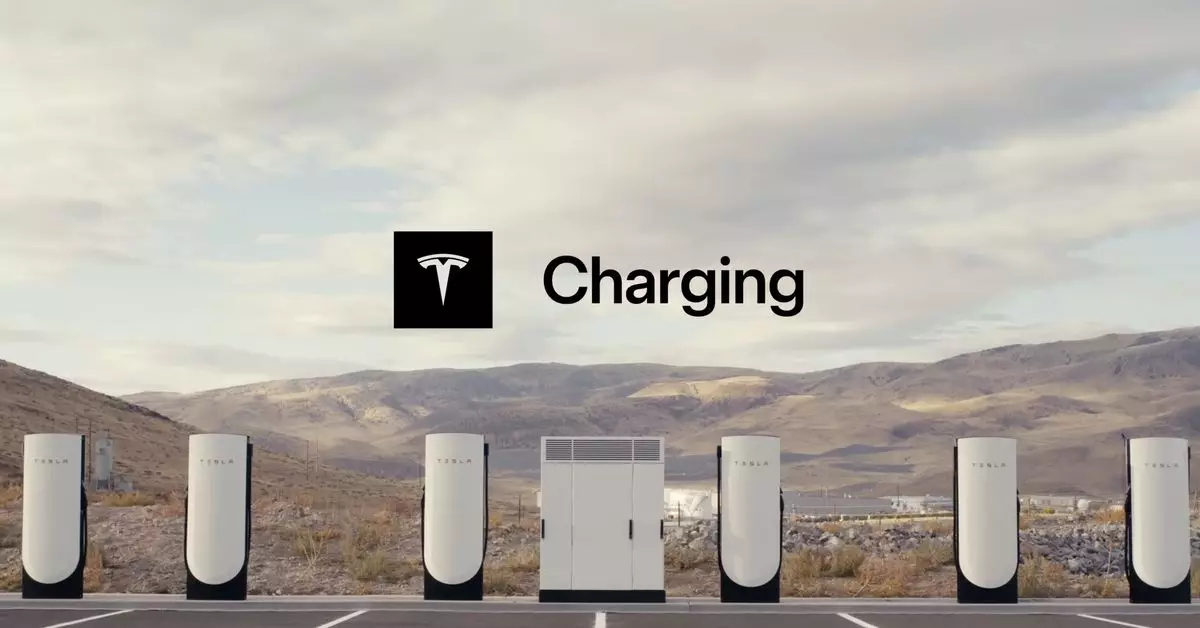As Tesla continues to revolutionize the electric vehicle (EV) landscape, the introduction of its V4 Supercharger stations represents a significant advancement that could reshape the EV charging experience. With a maximum charging capacity of up to 500kW for passenger vehicles and an astounding 1.2MW for Tesla’s Semi trucks, this innovation promises to enhance charging efficiency and accessibility, paving the way for widespread acceptance of electric mobility. Scheduled for deployment next year, Tesla’s V4 stations will integrate state-of-the-art technology designed to expedite the charging process, crucial for an increasingly electrified transportation ecosystem.
Currently in the permitting phase, the new V4 charging stations are set to open in strategically selected locations, ensuring easy access for both individual EV owners and commercial operators. This rollout follows the company’s trial of V4 stalls in Europe and limited areas in the United States last year, albeit constrained by the capabilities of the existing V3 Supercharger stations. The upgraded V4 infrastructure indicates Tesla’s intent to not only enhance its own vehicles—like the eagerly awaited Cybertruck—but also extend its benefits to a broader range of EV brands, such as Porsche, Hyundai, and Kia, which have traditionally been hampered by inadequate charging speeds at past stations.
Enhanced User Experience for Different EV Models
One of the standout features of the V4 Supercharger stations is their user-centric design. By incorporating longer charging cables, Tesla ensures compatibility with various vehicle models without blocking additional charging stalls, effectively maximizing station utility. Additionally, the introduction of dedicated physical payment terminals will streamline the transaction process for users, providing a seamless experience that reflects the company’s commitment to innovation and customer satisfaction. With the inclusion of CCS (Combined Charging System) connectors, users will no longer need to carry their own adapters, simplifying the charging experience even further.
While the excitement surrounding Tesla’s V4 Supercharger stations is palpable, one must also recognize the challenges ahead. As the number of EVs on the road continues to grow, infrastructure scaling will be vital to meet increasing demand. Moreover, the success of these stations will hinge on effective management and maintenance to prevent potential bottlenecks. Tesla must employ strategic planning not only in the deployment of new units but also in ensuring that existing infrastructure keeps pace with technological advancements and user expectations.
Tesla’s upcoming V4 Supercharger stations mark a pivotal moment for the electric vehicle sector. With faster charging capabilities, improved user experience, and compatibility with various EV brands, this initiative represents a significant step towards solving current challenges in EV infrastructure. As the company rolls out these advancements, the focus will need to shift towards sustainable expansion and maintaining high-quality service, ensuring that the electric future is both accessible and efficient for all.


Leave a Reply